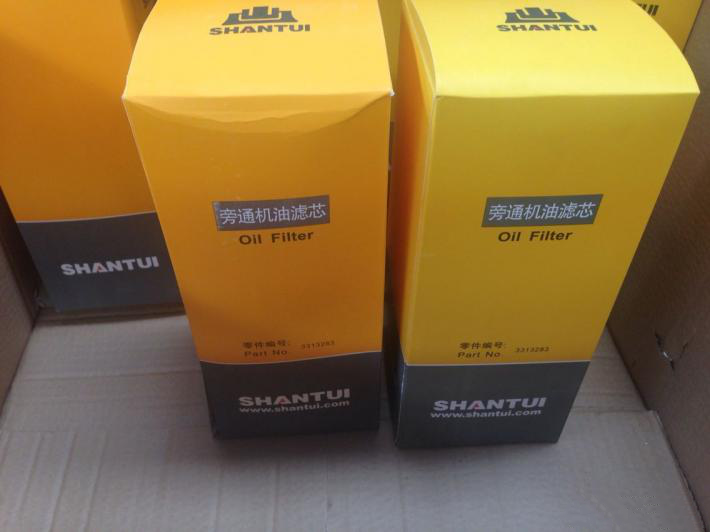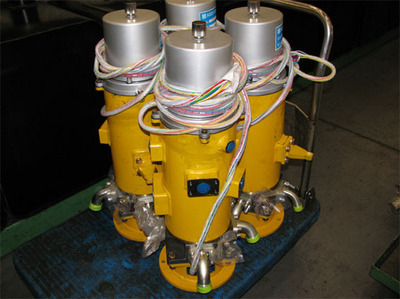Xin Guobin, vice minister of the Ministry of Industry and Information Technology, pointed out in his speech at the conference that the current robot industry is in a period of rapid development, and the actual demand for the robot market, especially the potential demand, is very large. If we cannot grasp the correct direction and maintain rational judgment, the development of robots will not be able to maintain a sustainable development trend. Before this, he also mentioned this issue. “The robot industry in China has seen a trend of 'low-end end of high-end industries' and there is a potential for over-investment. The hidden dangers of low-level redundant construction have gradually emerged.â€
The "China Robot Industry Development Report (2017)" shows that in 2017, China's robot market will reach 6.28 billion U.S. dollars. However, in contrast to the fiery “rocketing†of robots, in China’s huge robot consumer market, China’s local brand robots account for only 4%. How to get rid of false fires and strong bones becomes an important issue for participating experts to think about.
From the producers of low-end products to the developers of mid-to-high-end core technologies
In just a few years, there have been more than 20 provinces with domestic production robotics, and more than 40 robotic industrial parks. The number of robotics companies has rapidly increased from less than 400 to 800, and the number of industrial chain-related companies has reached 3,400.
Sun Fuchun, a professor at the Department of Computer Science and Technology at Tsinghua University, pointed out that in many parts of China when developing robots and artificial intelligence, they did not fully consider the market demand and the local environment. They just followed suit and caused homogeneity.
“We have nearly 4,000 robot manufacturers in our country, and there are more than a fraction of the robot companies in the world. However, there is a language robot company that does not have much to do with robots.†Institute of Automation, Chinese Academy of Sciences Complex Wang Feiyue, director of the State Key Laboratory of System Management and Control, told reporters.
Yan Yu, head of Festo (China) Co., Ltd., also stated that some companies are currently in a state of mind that they can only do a good job of doing research in order to be a good robot industry.
Compared with the issue of follow-up, what worries the experts is that China’s autonomous research and development capabilities for robots need to be strengthened. According to statistics, the mainstream of the market is still controlled by ABB, KUKA, Yaskawa, and FANUC's four major industrial robot companies. China's robot market share accounts for only about 30%.
"China's core software and core parts and components are still dependent on imports. This has greatly reduced the core competitiveness of our products." Professor Zhao Jie, director of the Institute of Robotics at Harbin Institute of Technology, also believes that brand awareness is low and lacks Industry standards have seriously affected the development of the robotics industry. In order for our robots to be based in the world, we must shift from the producers of low-end products to the developers of high-end core technologies as soon as possible.
Yu Haibin, professor of the Institute of Automation at the Chinese Academy of Sciences, told reporters: “The robot market in our country is not completely invisible. The robot industry must make up for the shortcomings of basic construction, artificial intelligence, independent research and development, and original capabilities as soon as possible.â€
To promote the healthy development of the robot industry, it is necessary to strengthen the body but also to consolidate
Experts at the meeting said that the structural reforms on the supply side of the robot industry should be continuously promoted, and the adaptability and flexibility of the development and supply of robots to changes in demand should be enhanced so as to avoid a series of problems in the current robot industry.
Sun Fuchun believes that "China's robot development should 'change lanes and overtake' and catch up with foreign countries in terms of service robots." He believes that the development of service robots is very urgent at present. If China is to exert its force in this area, it will surely drive China's industrial transformation and effectively promote GDP growth.
"Only the technologies that serve the people are good technologies. Only by considering the needs of the society and the market can we make good products," said Zhang Danhua, general manager of China Ruifuning Robot (Shenyang) Co., Ltd.
Zhao Hao, a professor at Beijing Institute of Technology, believes that “the state should increase its support for core components. For example, research on service robots and artificial intelligence has advanced by leaps and bounds, and has opened a new trail to the development of China’s robot industry, and investment in this area should be strengthened.â€
In order to promote the healthy development of the robot industry, it is necessary to keep fit and further enhance the robot's ability and level of development. It is also necessary to establish a foundation and further improve the basis and environment for robot development.
Zhao Jie said that during the “Thirteenth Five-Year Plan†period, China’s annual investment in robots is equivalent to the sum of our investment in the previous five years. With such a large investment, we hope that after five years, we can achieve a result that is at the forefront of the technology. It has obtained some internationally definable research results, especially original ones.
In the past two years, the development of China's robotics industry has begun to show new changes. In 2016, the production of industrial robots in China accounted for about one-fourth of the world's total, and voice recognition and image recognition reached the international advanced level. Some advantages have also been achieved in the field of robot components.
"The robot is a product of cross-disciplinary cross-disciplinary integration and development. Its R&D and production involves various fields such as mechanics, electronics, and electrical engineering, and it covers various disciplines such as brain science, neuroscience, and information science. In order to promote the advancement of the robot industry, it is necessary to form a group. The integration of innovation, as well as more professional and efficient R & D and market services. At the same time, we must strengthen the building of innovation capabilities, improve product quality and performance, build more carriers for exchanges and cooperation, and inject more 'spirits' into the development of the industry." Xin Guobin said .
We can provide you the realiable quality and best price truck parts to maintance your after market service for XCMG. Our main product:
- cabin assy and cabin accessory; Headlamp, taillamp, bumper, front cover, door and glass;
- Chassis Parts; sun gear, brake pad, clutch plate, bearing, differential, PTO, and axle;
- transmission parts; transmission shaft, universal joint, steering pump, clutch booster and brake pedal;
- Engine Parts; cylinder liner, piston, piston ring, oil seal, connection rod bearing, starter, injection pump, oil pump, water pump, air filter, oil filter and fuel filter;
- other spare parts. Curtain, roof, water tank, radiator, inter cooler and ect.


Xcmg Parts,Xcmg Spare Parts,Xcmg Wheel Loader Parts,Xcmg Crane Parts
Jinan JF Co., Ltd , https://www.jfsinotruk.com